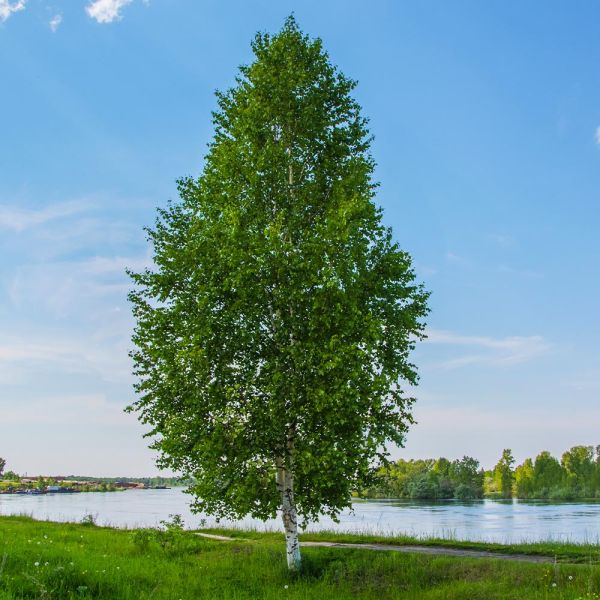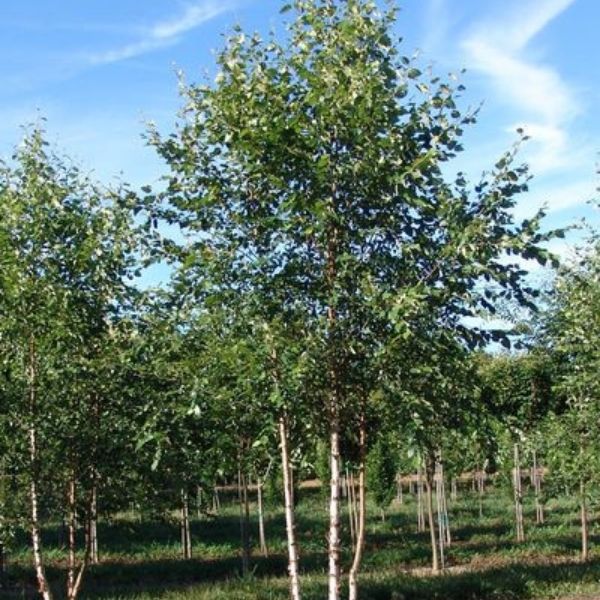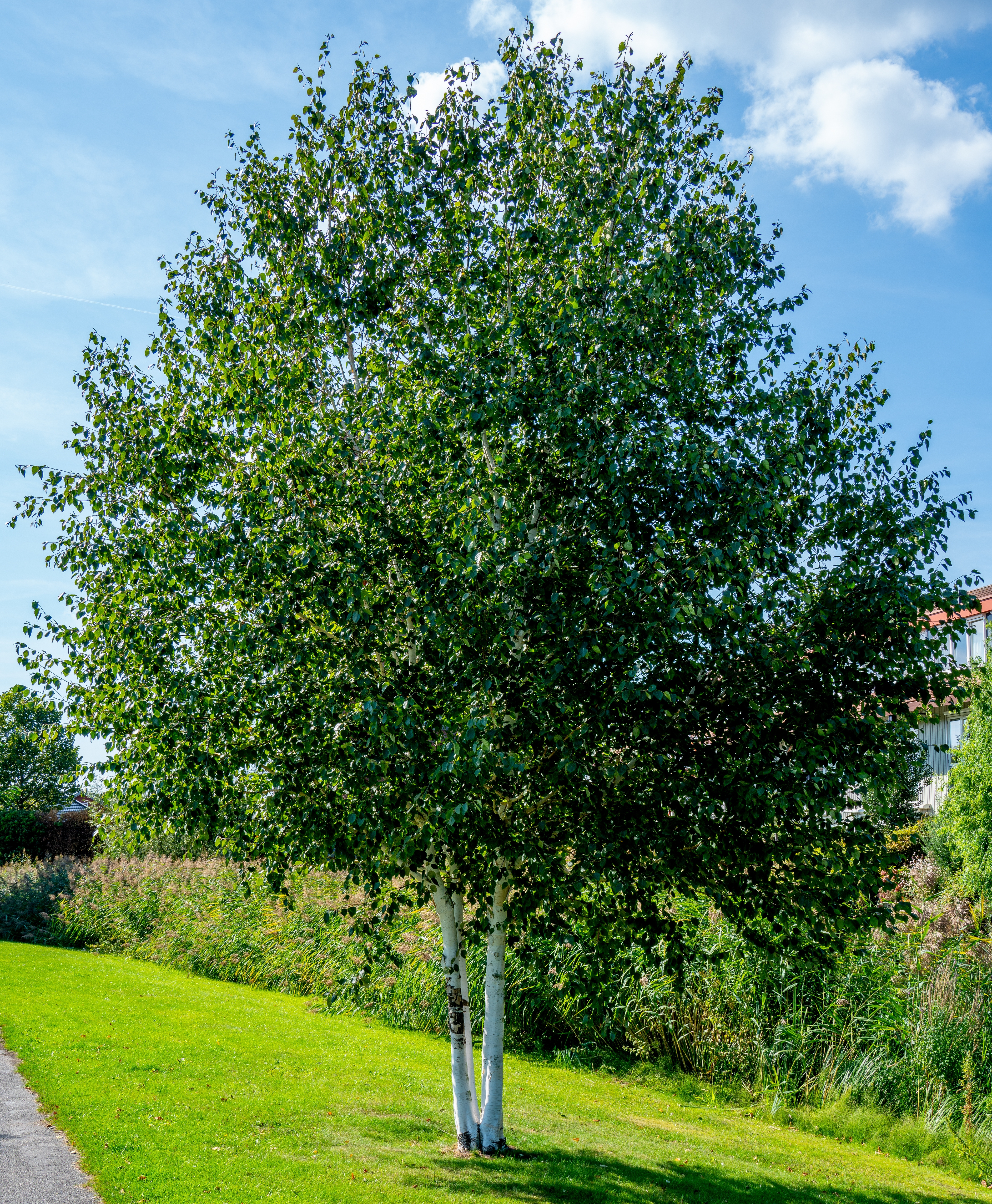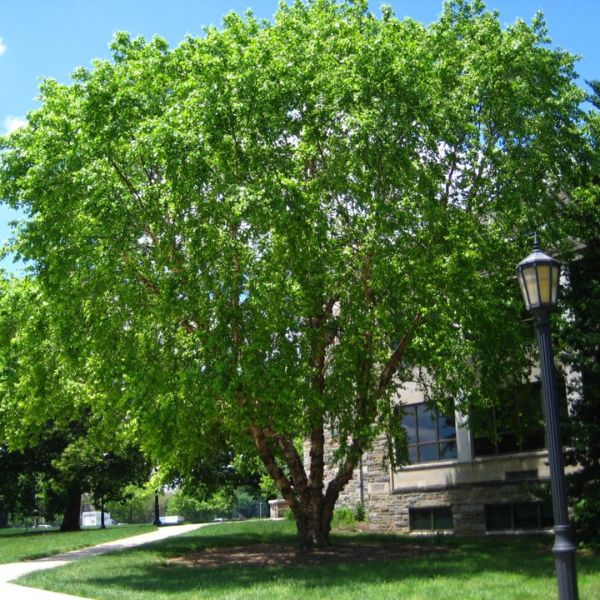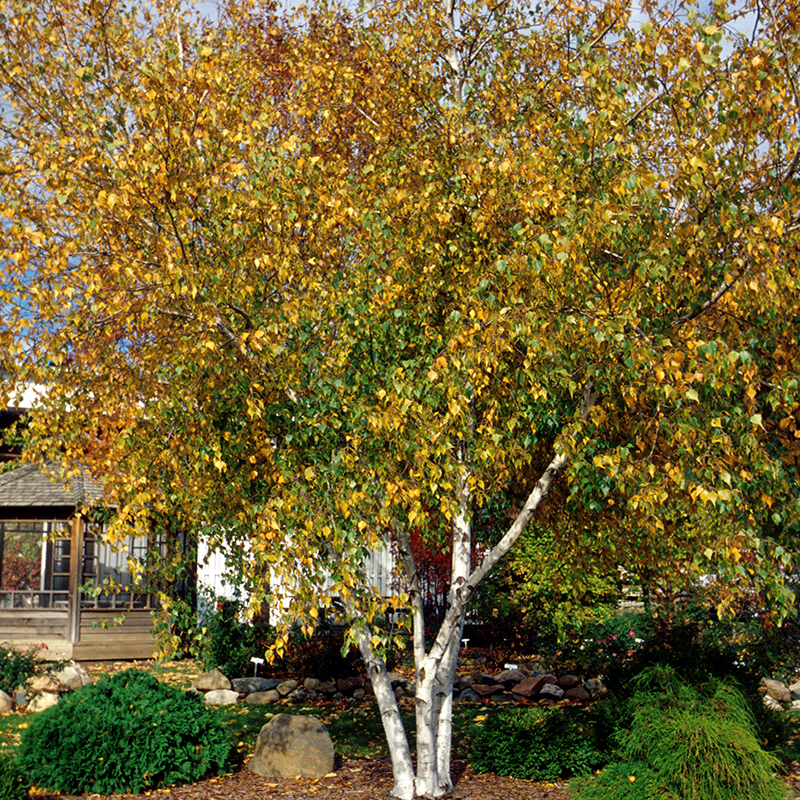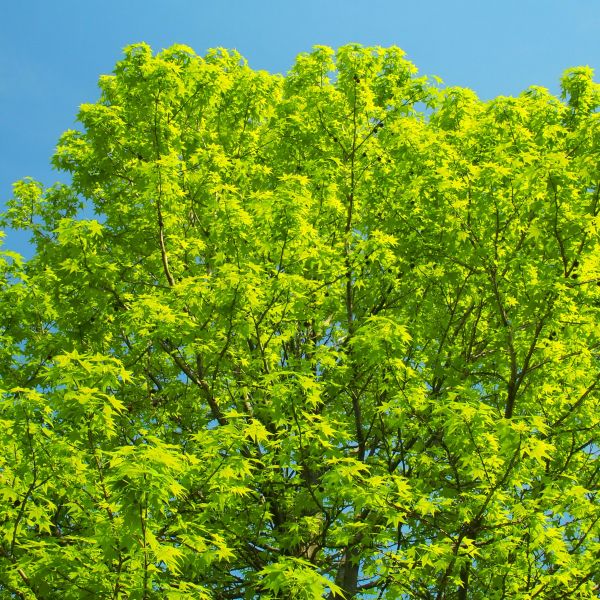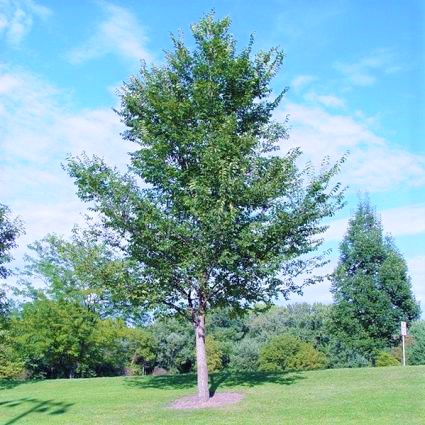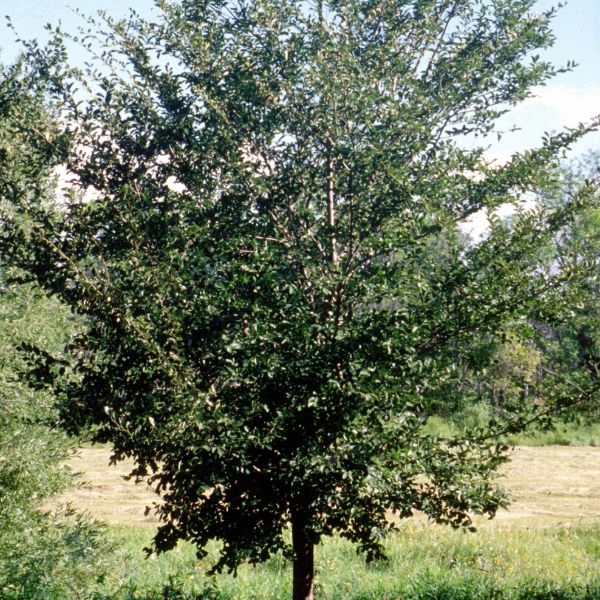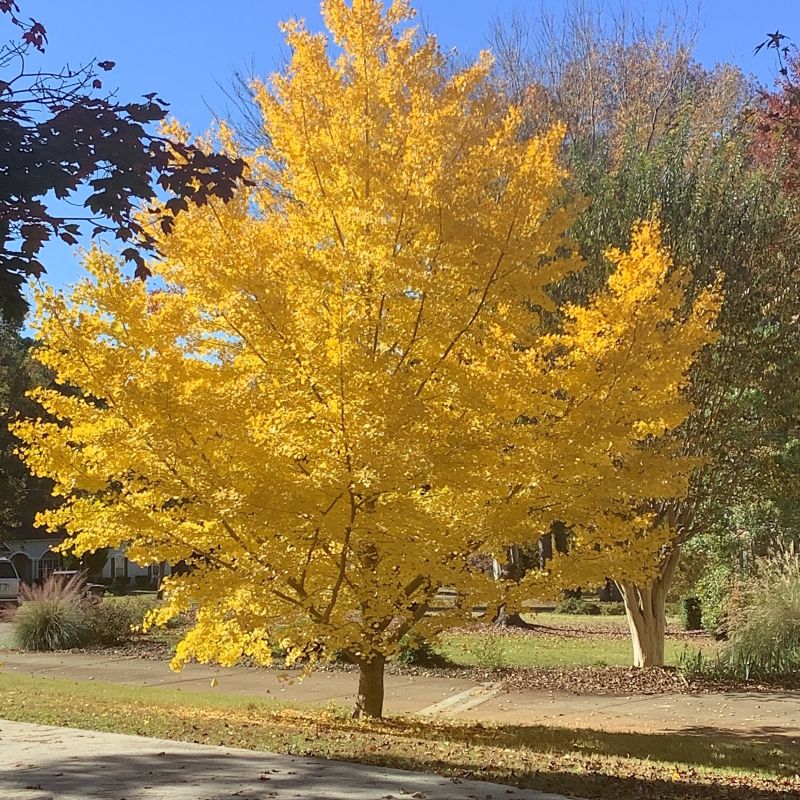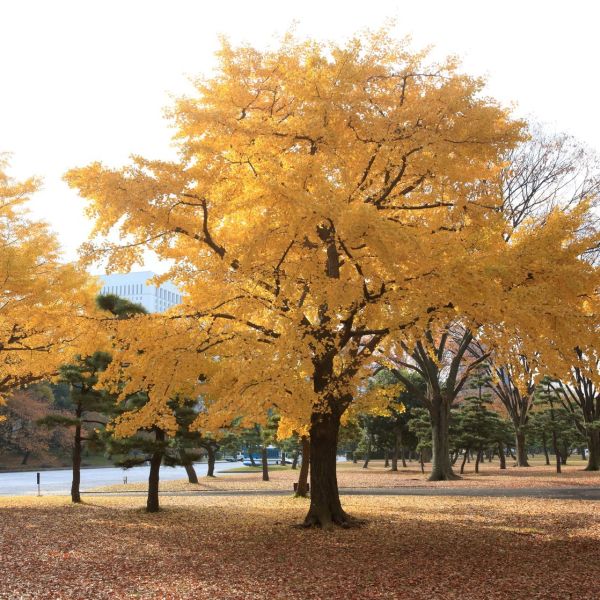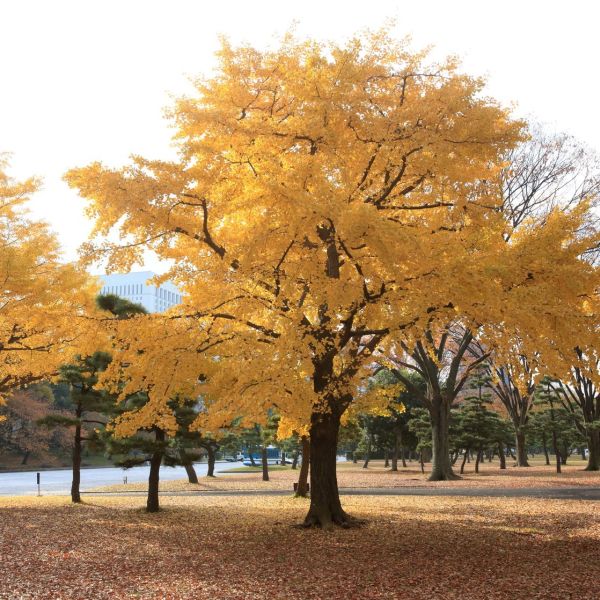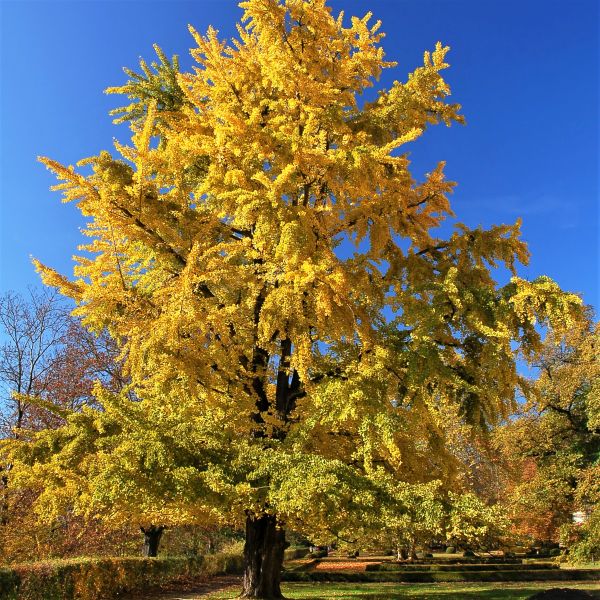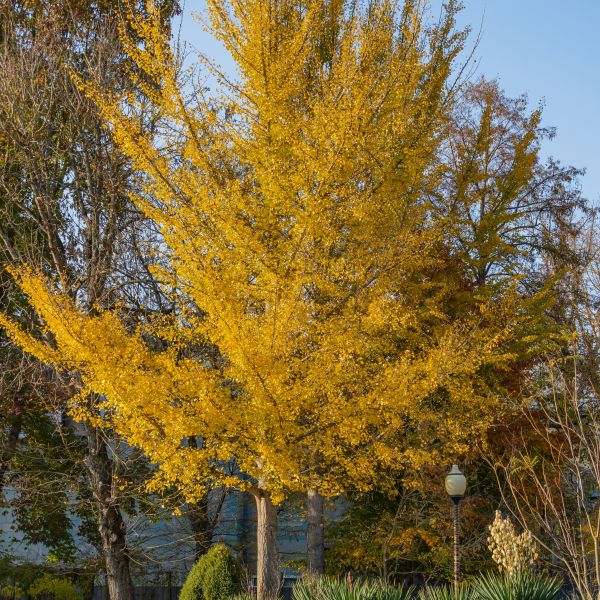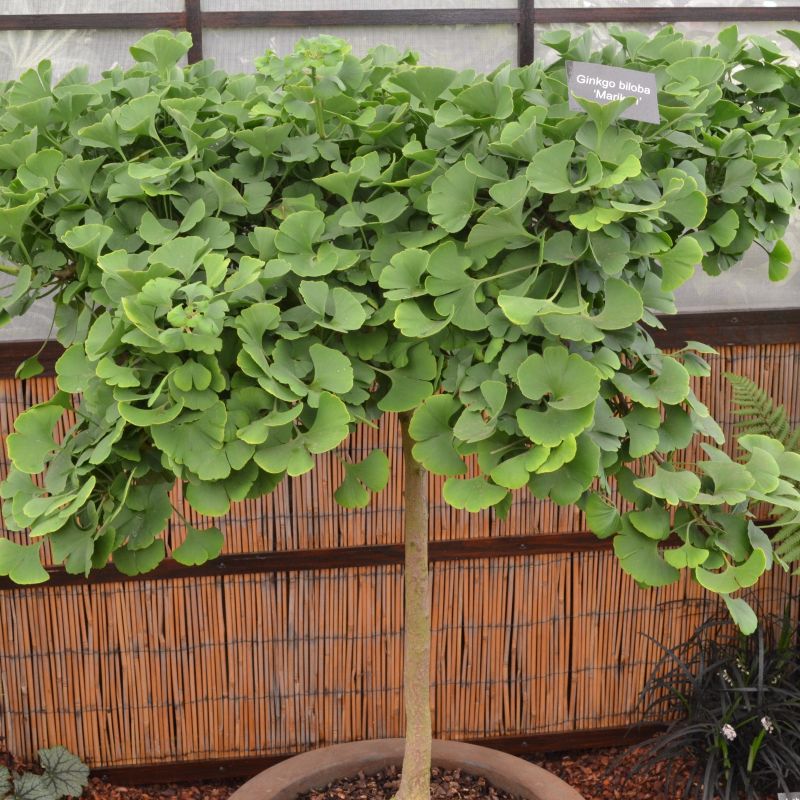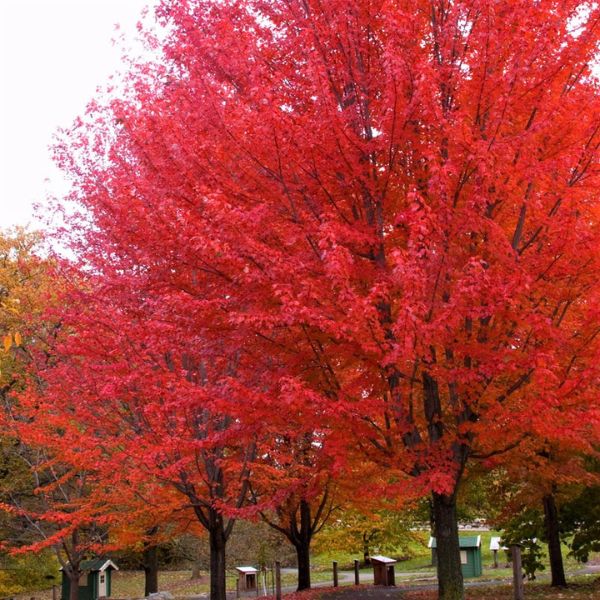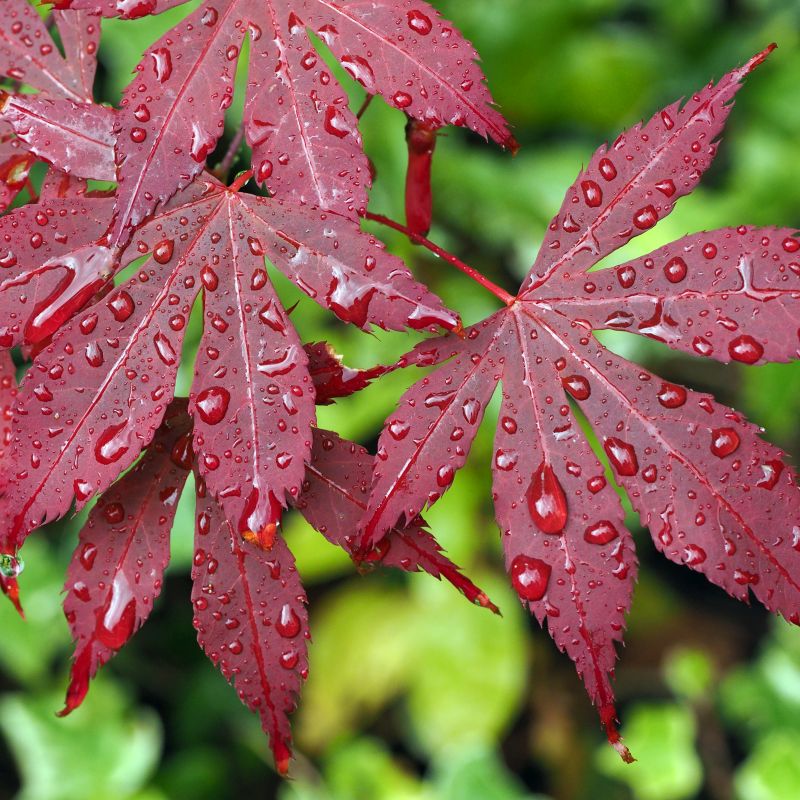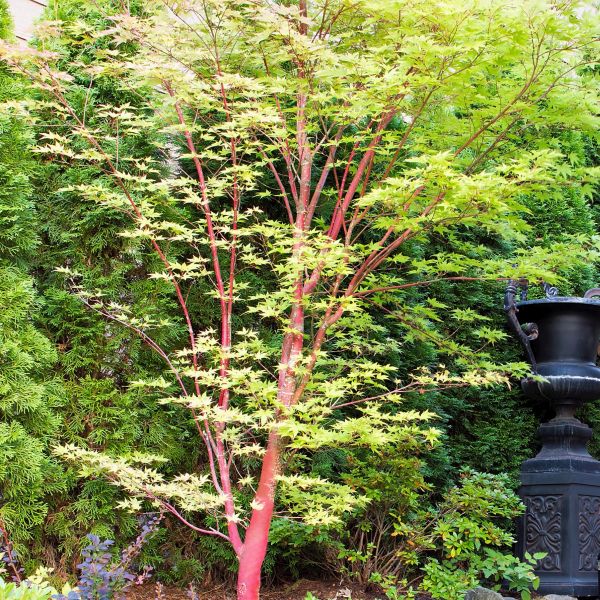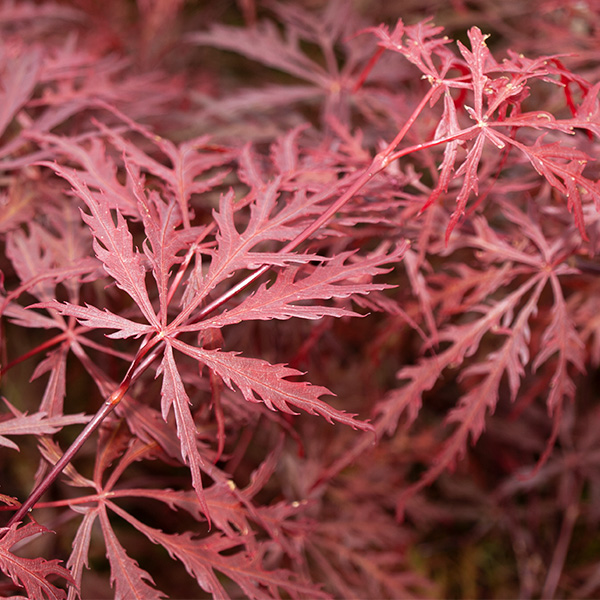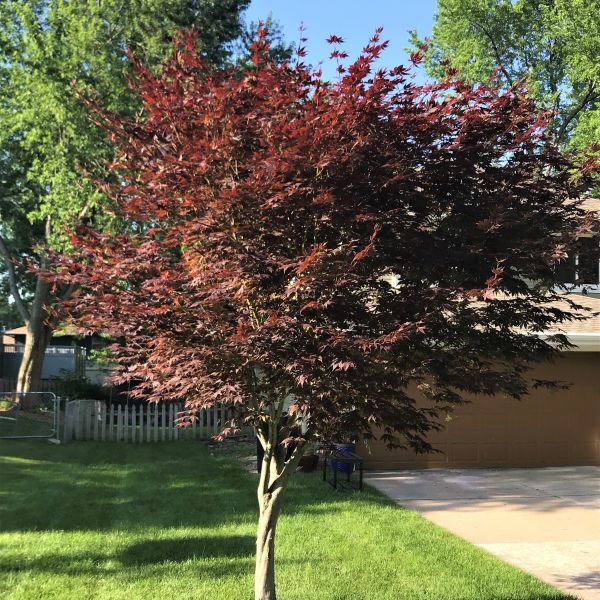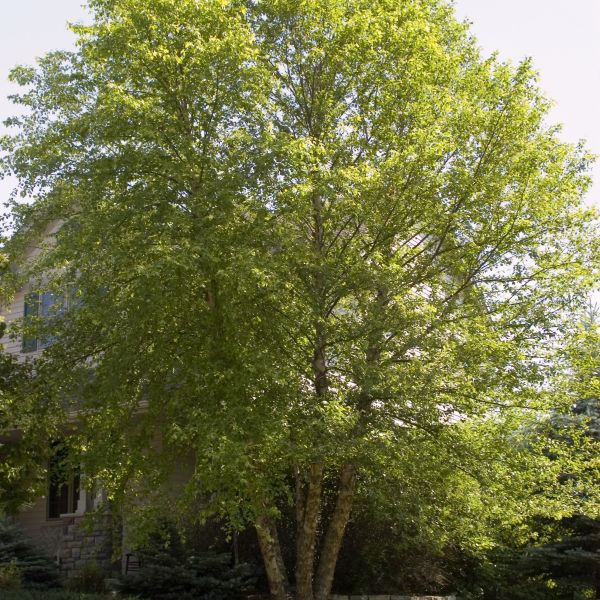

Heritage Birch Tree
Betula nigra 'Cully'
12 reviews
Heritage Birch Tree
Betula nigra 'Cully'
12 reviews
- Fast-growing tree
- Attractive white bark
- Provides shade and wildlife habitat
- Recommended by landscape designers for optimal fit in real yards
$133.00
$190.00
30% Off
- Ships to 43215 in 3 to 7 days
- Free Shipping Over $150
- Plant Arrival Guarantee
- In Stock
- Free Plant Consult
$200 - Landscape-Approved: Every Plant We Sell Comes With Design Expertise Behind It
3.5 Gallon 4-5 Feet Single Stem
Not just beautiful - intentionally selected by ShrubHub's 3D landscape design team to fit real-world spaces and maximize yard potential.
Why Heritage Birch Tree?
Heritage Birch Tree (Betula nigra 'Cully') is a popular deciduous tree that adds beauty and elegance to any landscape. It is known for its attractive exfoliating bark, which is coppery-brown in color and peels away in paper-thin strips to reveal a whitish or pinkish inner bark. It grows up to 50-70 feet tall and prefers moist, well-draining soils. Its leaves turn golden-yellow in the fall, providing a stunning display of color.
People who loved this plant also bought
Sunlight
The Heritage Birch tree requires full sunlight to thrive and grow properly.
Watering
The watering requirement for a Heritage Birch Tree is typically moderate. It should be watered regularly, especially during dry periods, ensuring that the soil is moist but not waterlogged. Overwatering should be avoided to prevent root rot.
Fertilizing
The fertilizer requirement for Heritage Birch Trees varies depending on the specific soil conditions and nutrient levels. It is recommended to use a balanced slow-release fertilizer with high nitrogen content in early spring and a lower nitrogen fertilizer
Heritage Birch Tree: Beauty, Elegance, & Functionality All Year Long
The Heritage River Birch Tree, Betula nigra, is a medium-sized multi-stemmed tree that can grow up to 40 feet tall. In the spring and summer, its lovely, delicate leaves are a bright green color, and in the fall, they become a brilliant yellow.
What sets the River Birch Heritage Tree apart from other trees is its unique colorful bark, which is a creamy white color and peels away in thin layers, revealing a beautiful cinnamon-colored bark underneath.
This beautiful tree with delicate leaves adds visual interest to any landscape, and its unique exfoliating bark provides a striking and elegant touch.
This tree is also highly resistant to bronze birch borer, which means that it requires minimal maintenance. It's one of the fastest-growing trees to have, which also means that you can easily enjoy its shade and beauty.
By adding a Heritage Birch Tree to your landscape, you'll be making a long-term investment in the beauty and value of your property.
Ready to add a Heritage Birch Tree to your landscape? Add it to your cart today and enjoy its all-year-round interest.
Plant Information:
| Botanical Name: | Betula nigra 'Cully' |
| USDA Zones: | 4 - 9 |
| Water: | Moderate |
| Exposure: | Full Sun |
| Soil Needs: | Well-Drained |
| Mature Height: | 40 - 60 feet |
| Mature Spread: | 25 - 40 feet |







Pollination Info
Pollination Info for Heritage Birch Tree (Betula nigra 'Cully')
The Heritage Birch Tree (Betula nigra 'Cully') is a self-fertile tree, meaning that it does not require another tree of the same species nearby for pollination and fruit production.
The Heritage Birch Tree produces flowers in early spring before the leaves emerge. The flowers are small, drooping, and yellow-brown in color, arranged in groups of three to six in clusters called catkins. Each catkin consists of male and female flowers. The male flowers produce pollen, which is wind-dispersed and carries to the female flowers for pollination.
The Heritage Birch Tree is primarily pollinated by wind, which carries the pollen from the male flowers to the female flowers. The pollen is light and powdery, allowing it to be easily carried by the wind. This type of pollination is called anemophily.
While the Heritage Birch Tree is self-fertile, having other birch trees nearby may increase the likelihood of cross-pollination, leading to better fruit production. Additionally, pollinators, such as bees and butterflies, may visit the Heritage Birch Tree and may play a small role in pollination.
Overall, the Heritage Birch Tree is a hardy and adaptable tree that is easy to care for and produces beautiful, ornamental bark and foliage. Its self-fertile nature makes it a low-maintenance option for homeowners who want to enjoy its beauty without worrying about pollination.
FAQ
FAQ for Heritage Birch Tree (Betula nigra 'Cully')
What is a Heritage Birch Tree?
A Heritage Birch Tree, also known as Betula nigra 'Cully', is a deciduous tree that belongs to the birch family. It is a cultivar of the native river birch tree and is often chosen for its beautiful, unique bark and attractive foliage.What are the characteristics of a Heritage Birch Tree?
Heritage Birch Trees can reach a height of up to 50 feet and have a spread of up to 40 feet. They thrive in full to partial sunlight and prefer moist, well-drained soil. They have a fast growth rate and typically require minimal pruning. One of the most distinctive features of a Heritage Birch Tree is its bark, which exfoliates in thin, papery sheets to reveal cinnamon-colored twigs underneath. The leaves are a dark green color and turn yellow in the fall before dropping off for the winter.How do I care for a Heritage Birch Tree?
Heritage Birch Trees require regular watering, especially during their first year after planting. They are tolerant of wet soil conditions but do not tolerate drought well. Fertilization is generally not necessary, but a balanced fertilizer can be applied annually in the spring if desired. Pruning should be done in the late winter or early spring while the tree is still dormant. Broken or damaged branches should be removed promptly to prevent disease or insect infestations. Regular maintenance can help keep a Heritage Birch Tree healthy and attractive for many years.What are common problems with Heritage Birch Trees?
Heritage Birch Trees can be susceptible to several insect and disease problems, including bronze birch borer, leaf spot, and cankers. These issues can cause damage to the tree and reduce its overall health. To prevent these problems, it is important to maintain good tree health through proper watering, fertilization, and pruning practices. If any issues are observed, it is recommended to consult with a professional tree care service to determine the best course of action.Do Heritage Birch Trees have any special uses or benefits?
Heritage Birch Trees are often chosen for their attractive bark and foliage and are commonly planted as ornamental trees in landscaping. They can also be used to help prevent erosion along streams and riverbanks, as they have an extensive root system that helps stabilize the soil. In addition, the bark of the tree has been used for medicinal purposes by Native American tribes, and the sap can be used to make birch beer or syrup.Planting & Care
Planting & Care for Heritage Birch Tree (Betula nigra 'Cully')
Planting
- Choose a planting location with well-draining soil that receives full sun or partial shade.
- Plant the tree in spring or fall, when the soil is moist but not waterlogged.
- Dig a hole twice as wide and as deep as the root ball of the tree.
- Gently place the tree in the hole and backfill with soil, pressing down firmly as you go.
- Water the tree deeply immediately after planting.
Care
- Water the tree regularly during the first year after planting to establish a healthy root system. After that, the tree can withstand moderate drought conditions.
- Prune the tree in late winter or early spring, before new growth appears. Remove any damaged, diseased, or crossing branches. Shape the tree as desired.
- Fertilize the tree once a year, in early spring, with a slow-release fertilizer. Spread the fertilizer evenly around the base of the tree.
- Monitor the tree for pests and diseases, such as birch borers or leaf spot. Treat any issues promptly to prevent further damage to the tree.
- Protect the tree from mechanical damage, such as lawn mowers or weed whackers, by creating a mulch ring around the base of the tree and keeping it clear of debris.
Check Out These Verified Customer Reviews:
Customer Reviews
4.8 out of 5 based on 12 reviews
Thank you! Your review has been submitted.
Smooth website experience, easy to navigate and find what I was looking for.
The birch tree arrived in perfect condition, well-packaged and sturdy. Great item quality!
Perfect condition, very sturdy and well-made
Item has been added to your cart.



